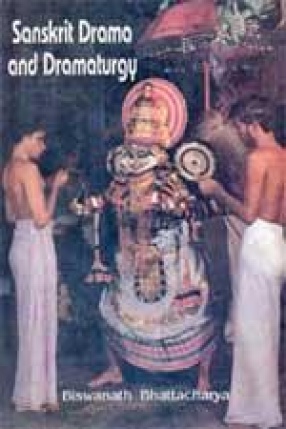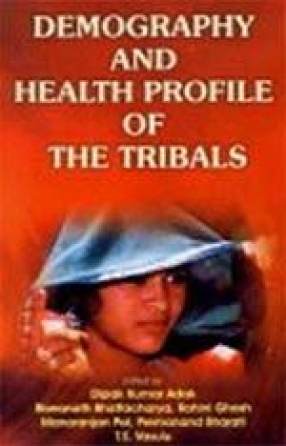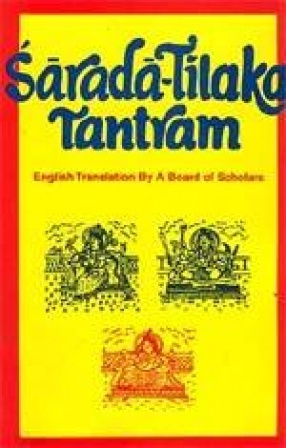Sanskrit Drama and Dramaturgy
In stock
Sanskrit Poetry is traditionally divided into two types, viz, that which is capable of being presented on board and that which is capable of being read out and heard. The first type springs from the role played by visual effect in appreciation of a specimen of Poetic Art and is called “Dramaâ€. Sanskrit Dramaturgy is required to analyse in details the plot and its divisions in a drama and the different stages in its divisions in a drama and the different stages in its development. It is also required to analyse the different techniques of acting, that are to be employed for presentation of different types of plays projecting diverse pre-dominant emotional moods. Sanskrit Dramaturgy has been considered as an essential component of Sanskrit Poetics, because, while Sanskrit Poetics in general has tried to emphasise the process of Aesthetic Experience presented through the medium of Poetry in general, Sanskrit Dramaturgy has attempted to expound the process when presented through the medium of Drama, where apart from the music of sound and sense, the visual effect makes itself felt to a great extent. Though much been said of Sanskrit Poetics through the medium of English and the concepts projected by Sanskrit Poetics have been made known to the Western world through the efforts of P.V. Kane, S.K. De, V. Raghavan and such other stalwarts, the area of Sanskrit ‘Dramaturgy has remained in the cool shade of neglect for a pretty long time and sufficient number of serious attempts have not been made to project these concepts and to trace the similarity and distinction between the concepts presented by Indian Dramaturgy and those by Western Dramaturgy, available in the works of Aristotle and Butcher. Professor Biswanath Bhattacharya has chosen a comprehensive analysis of Sanskrit Dramaturgy as the subject matter of the present work and has presented all the concepts tackled by numerous writers on Indian Dramaturgy. He has also tried to make a comparative estimate of the thought-currents introduced by Indian Dramaturgy and those projected by Western Dramaturgy. His deep penetration into all the original texts dealing with Indian Dramaturgy and Western Dramaturgy has helped him in making this comparative analysis as clear as possible. The work has another great value also. The analysis of the characteristic features of the successful specimens of Dramatic Art, as present by the present author is likely to give a clue to the searching students to adjucate the dramatic value of the Western Dramas through application of Indian yard-sticks, and similarly to evaluate Sanskrit Dramas through application of Western principles of evaluation.





There are no reviews yet.